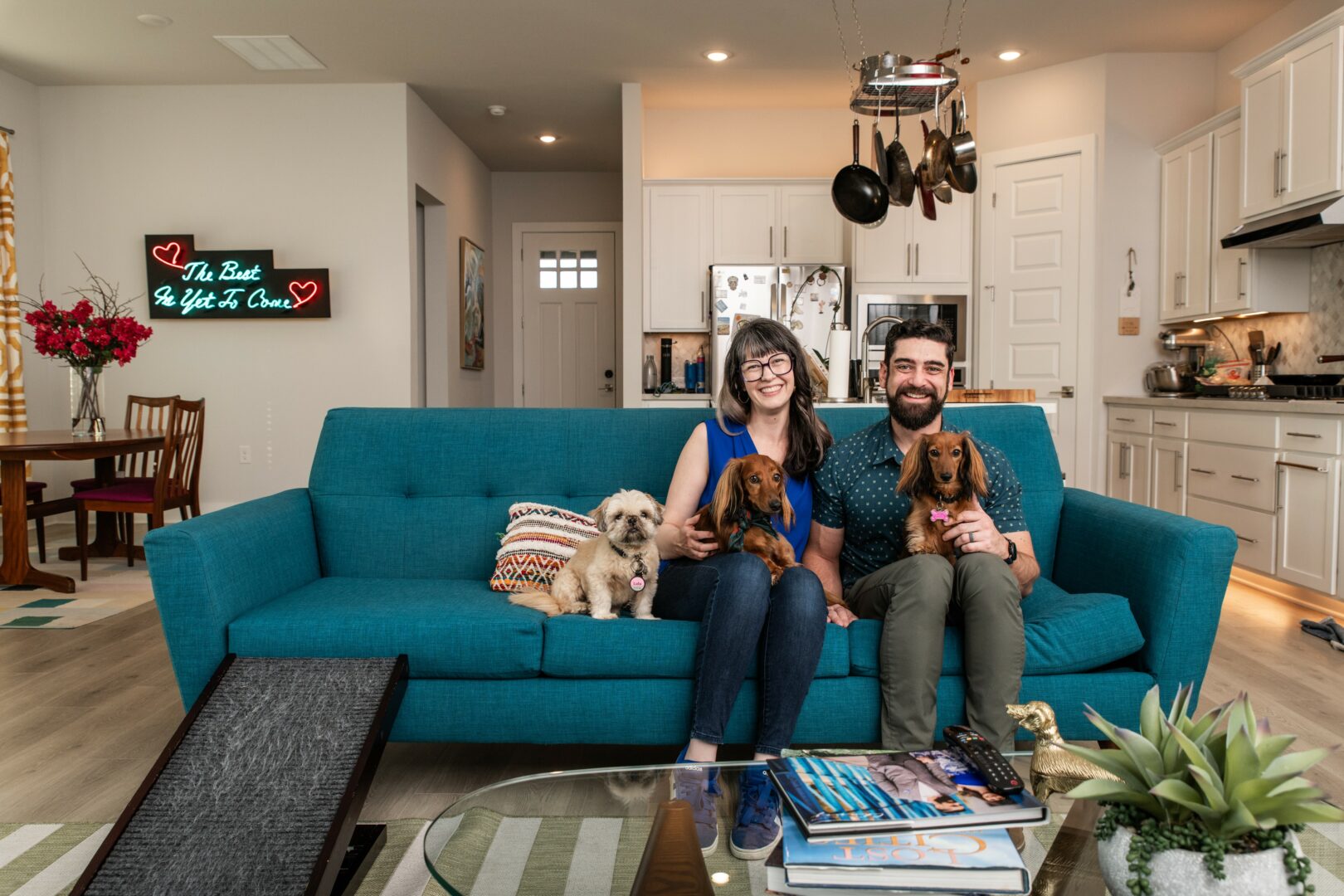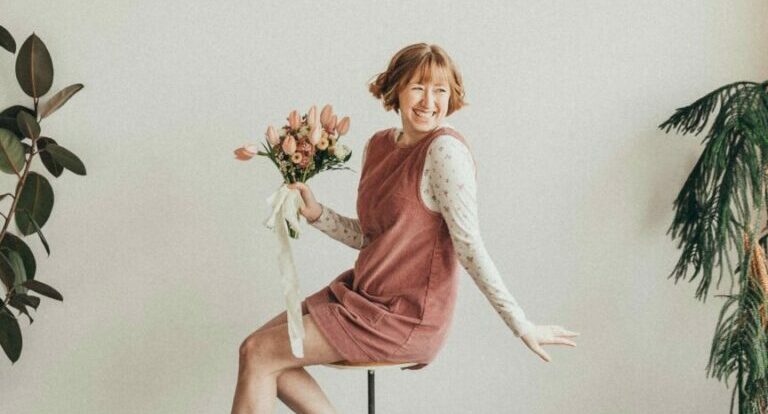We were lucky to catch up with Colleen Tully recently and have shared our conversation below.
Colleen, appreciate you making time for us and sharing your wisdom with the community. So many of us go through similar pain points throughout our journeys and so hearing about how others overcame obstacles can be helpful. One of those struggles is keeping creativity alive despite all the stresses, challenges and problems we might be dealing with. How do you keep your creativity alive?
I keep creativity alive through constant learning and curiosity. There’s an endless world of ideas to explore and marvel at. I read widely—poetry, history, and especially Victorian literature—to keep my imagination engaged. I also make it a habit to visit galleries and museums regularly; seeing other artists’ work often sparks new questions and fresh perspectives. I read poetry, history, and Victorian literature—not only for their content but for the way they invite reflection and wonder. These texts open imaginative spaces where ideas can evolve and deepen. I also visit galleries and museums often; engaging with the work of other artists often sparks unexpected questions and connections.
Equally important is conversation—meaningful exchange with other creatives: artists, writers, musicians. These dialogues sustain me. Creative communities, both past and present, have always shaped how we understand culture, politics, empathy, and human experience. There’s something vital about being part of that collective inquiry—a shared effort to translate the spirit of our time into form. In that sense, creativity becomes not just an individual pursuit but a deeply human one: a dialogue across disciplines, across time, and across the boundaries of self. That tradition continues today, and being part of that dialogue helps me stay inspired, grounded, and creatively alive.
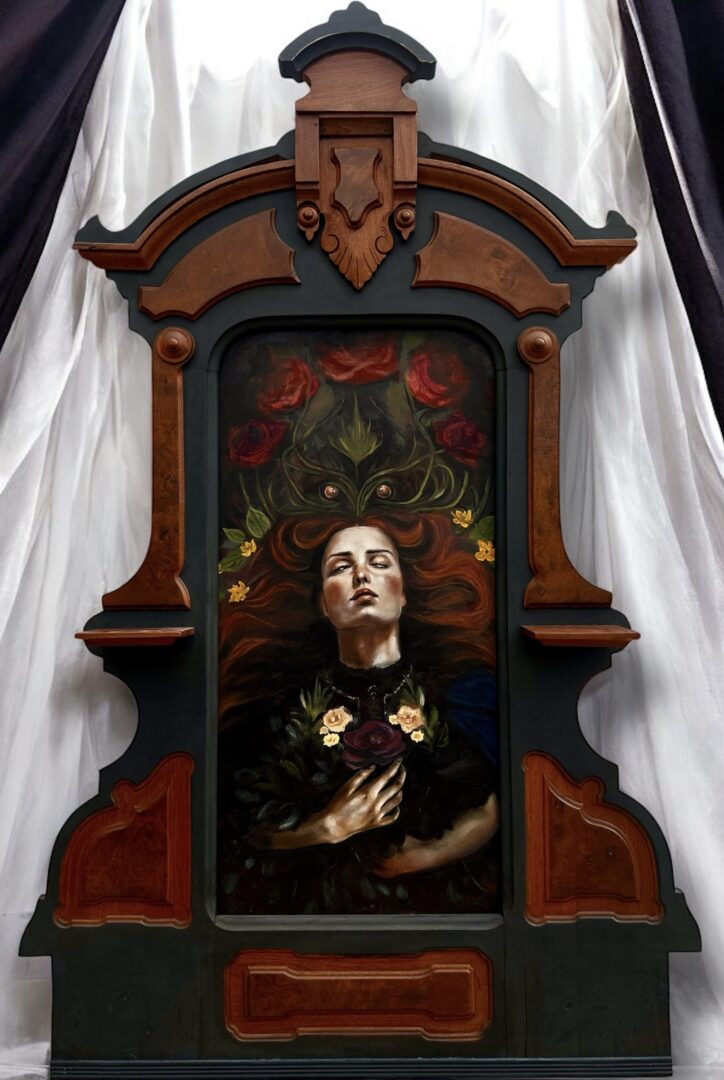

Let’s take a small detour – maybe you can share a bit about yourself before we dive back into some of the other questions we had for you?
I create work that speaks to the shared language of the human condition—those feelings, questions, and moments that connect us all. Through poetic and symbolic imagery, I aim to give form to the unseen, offering glimpses into the inner world we all carry but rarely reveal. My practice centers around imaginative realism, a genre that bridges the real and the surreal, and I’m excited to see it gaining more recognition and momentum.
Each piece I make is an invitation to reflect—to engage in a quiet dialogue with the self and the image. Titles play an important role in my work; they’re designed to provoke thought and deepen the viewer’s experience. I believe art should not just be looked at—it should be felt, pondered, and conversed with.
I hold an annual solo exhibition at Valkarie Gallery, and I always welcome visitors to come by, experience the work in person, and have a meaningful, thought-provoking conversation. Whether you’re new to the art world or have always had it in your life. I hope my art offers you something honest, curious, and deeply human.
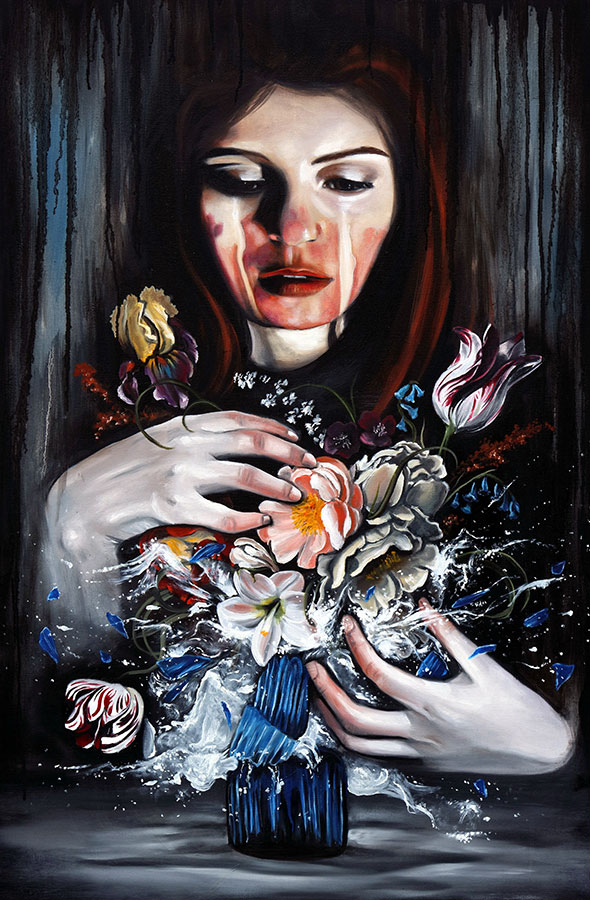
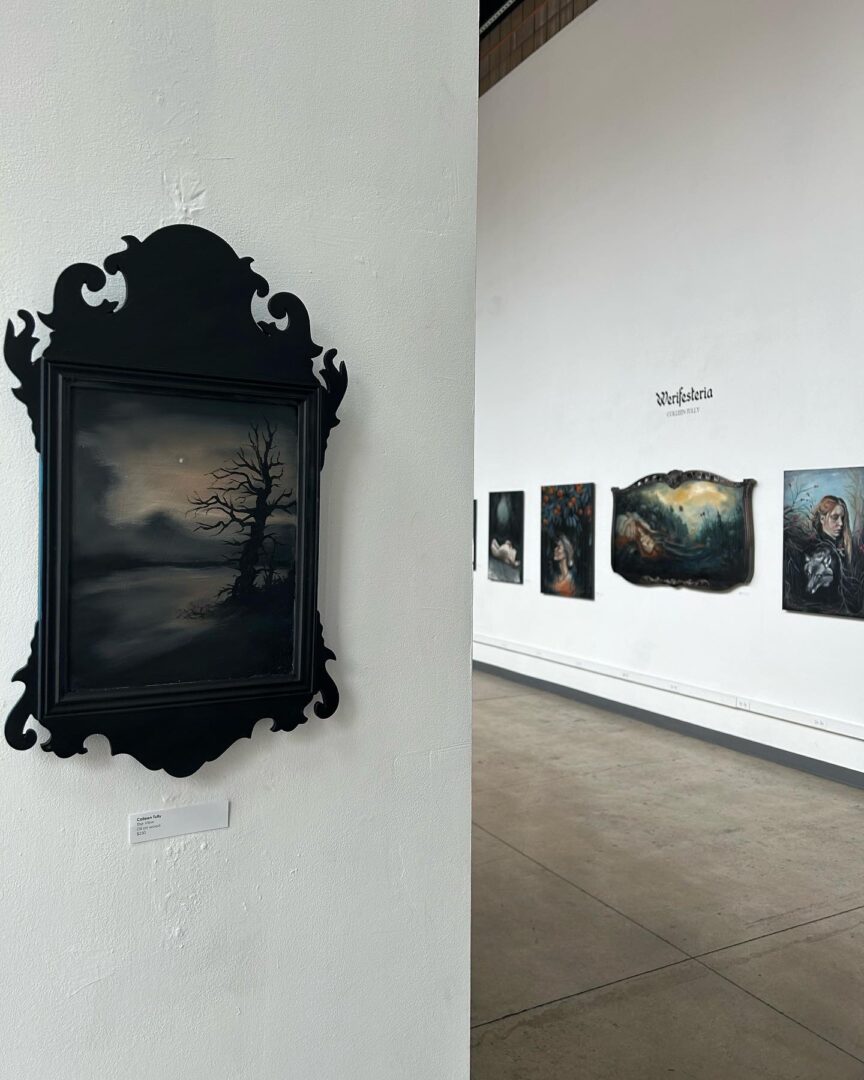
If you had to pick three qualities that are most important to develop, which three would you say matter most?
Looking back, one of the biggest things that helped me grow was learning how to accept healthy criticism. That wasn’t always easy—no one really loves hearing that their work needs improvement—but once I stopped taking it personally, I realized how much it could actually help me express my ideas more clearly and honestly.
Another big one for me was diving into art theory, history, and studying other artists. The more I learned about the art world—past and present—the more I saw how many ideas and feelings we all share. It helped me feel more connected and gave me a deeper understanding of where my work fits and where it could go.
And finally: just showing up and practicing. Consistency matters so much more than perfection. There were plenty of days when I felt unsure or stuck, but I kept going. That slow, steady progress adds up.
If you’re just starting out, my best advice is: be open, be curious, and don’t underestimate yourself. Growth happens when you’re willing to try, fail, listen, learn—and try again.

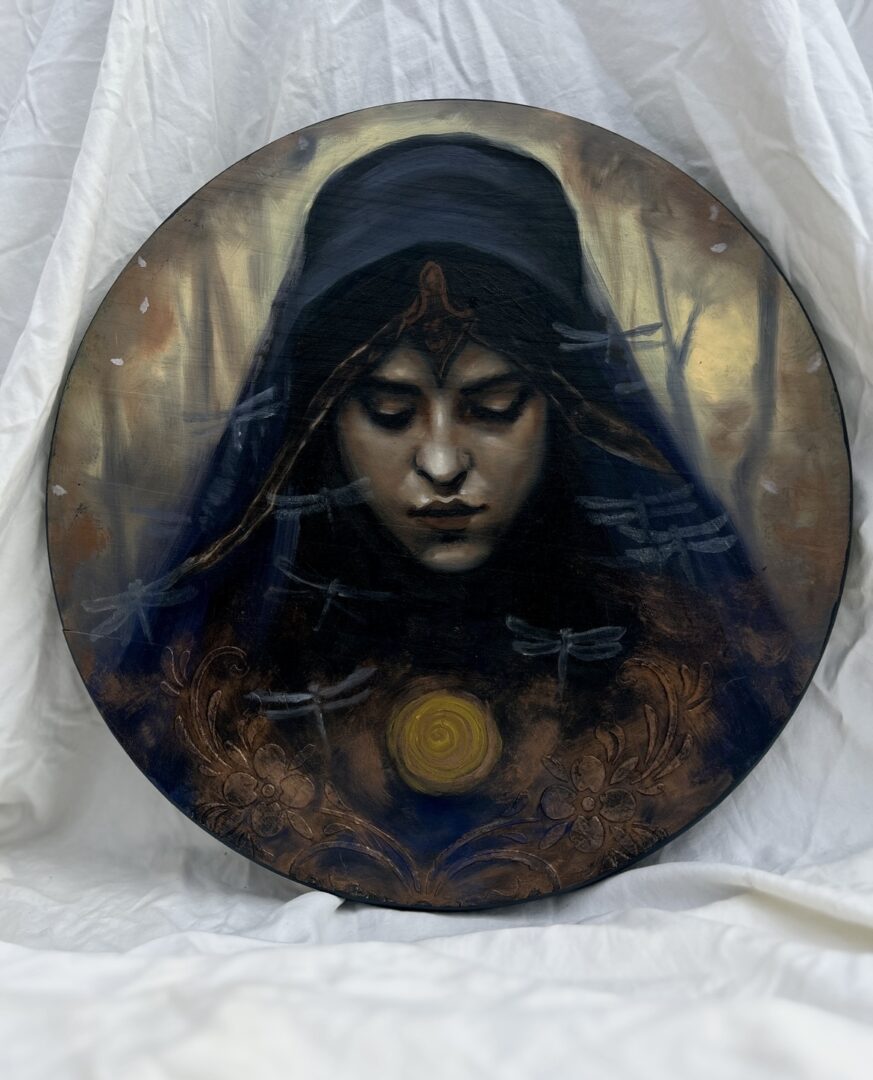
What would you advise – going all in on your strengths or investing on areas where you aren’t as strong to be more well-rounded?
I truly believe it’s more valuable to invest in the areas where you’re not as strong. That’s where the real growth happens. It’s easy to lean on what we’re already good at, but the work that challenges us—the parts that feel uncomfortable or even frustrating—are often what lead to real breakthroughs.
One moment that really stuck with me happened in college. I brought in what I thought was a finished drawing to class, though I still wasn’t entirely satisfied with it. My professor looked at it, picked up a chunk of graphite, and completely obliterated the piece right in front of me. My peers were stunned—and honestly, so was I. Then he looked at me and said, “Now rework it.”
At first I was shocked, but once I sat down and started again, I realized he was giving me a gift. He was pushing me past my comfort zone, asking me to dig deeper and let go of my attachment to what was “finished.” That moment taught me that good art often lives on the other side of discomfort. He became one of my favorite professors, and to this day, when I see him at galleries, we still reminisce about those lessons.
Contact Info:
- Website: https://Www.artbycolleentully.com
- Instagram: https://Www.instagram.com/artbycolleentully
- Facebook: https://Www.facebook.com/colleentullydenverart
- Other: TikTok: Artbycolleentully
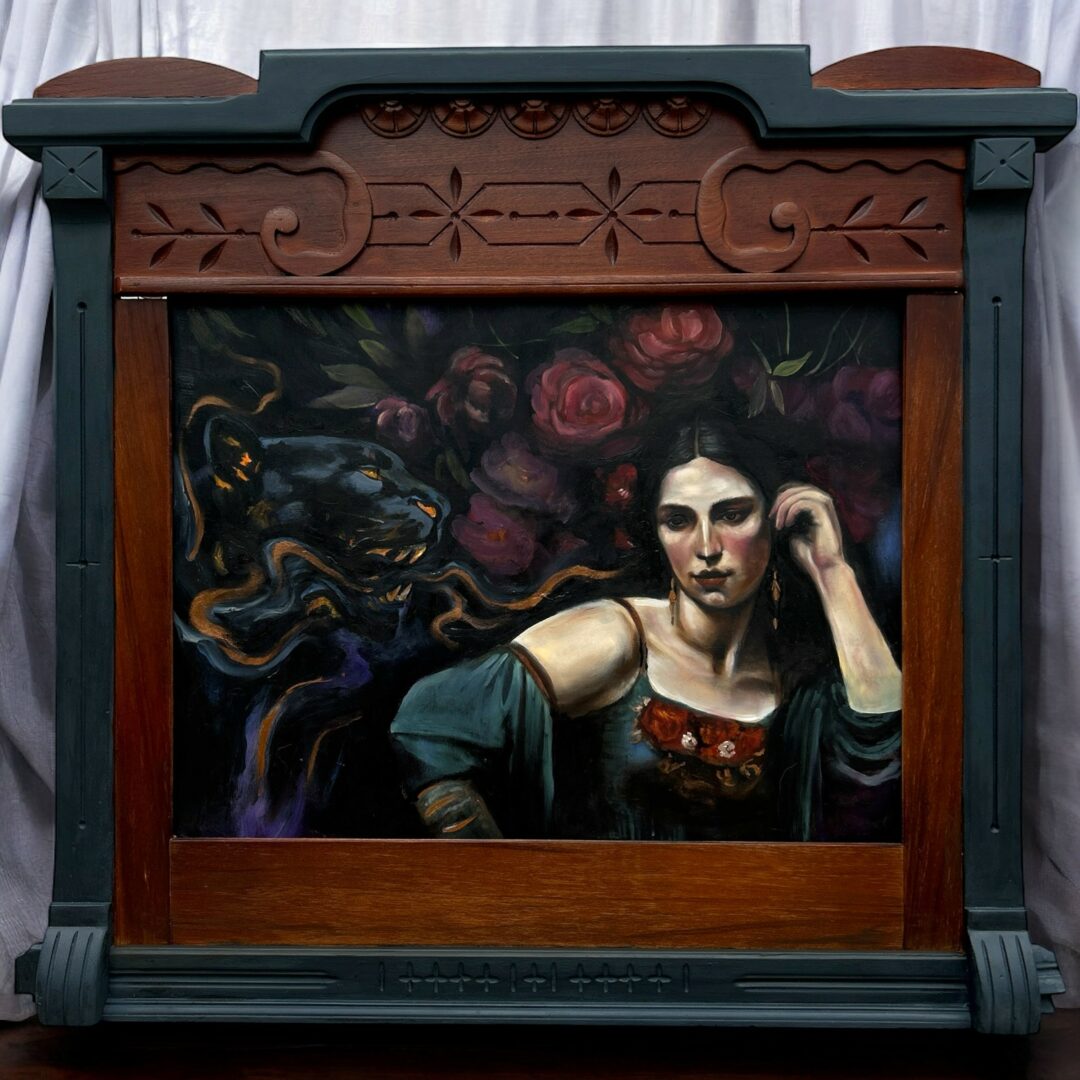
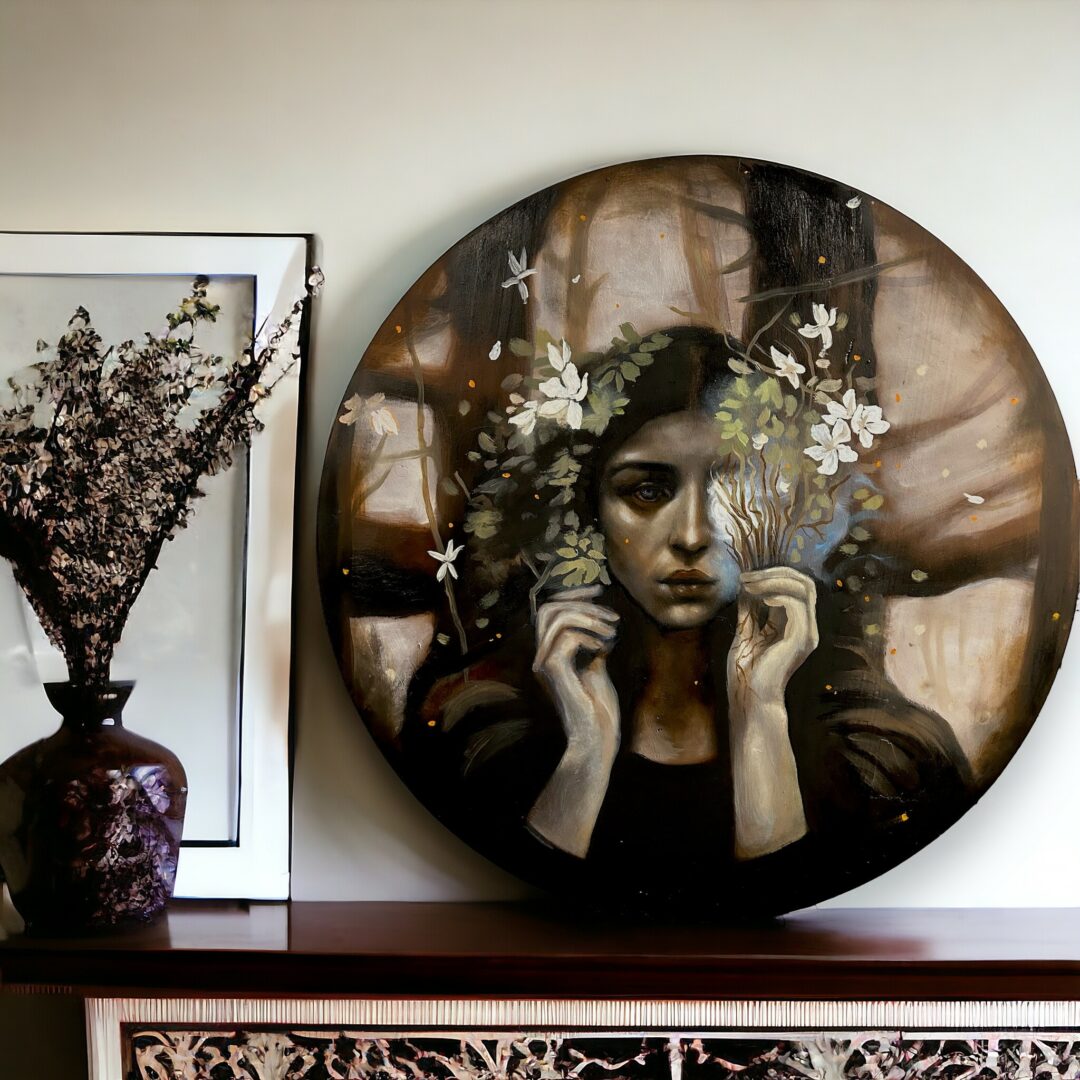


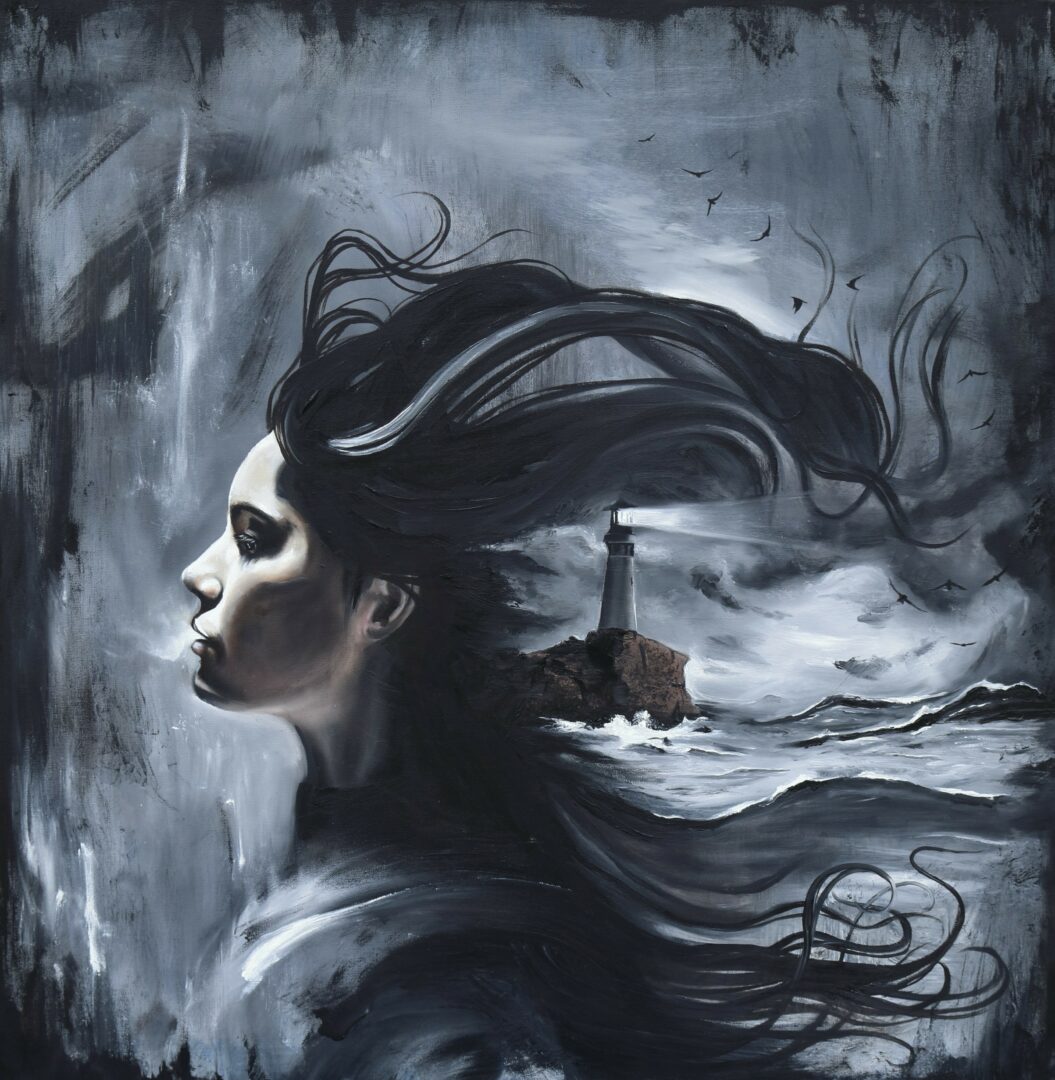
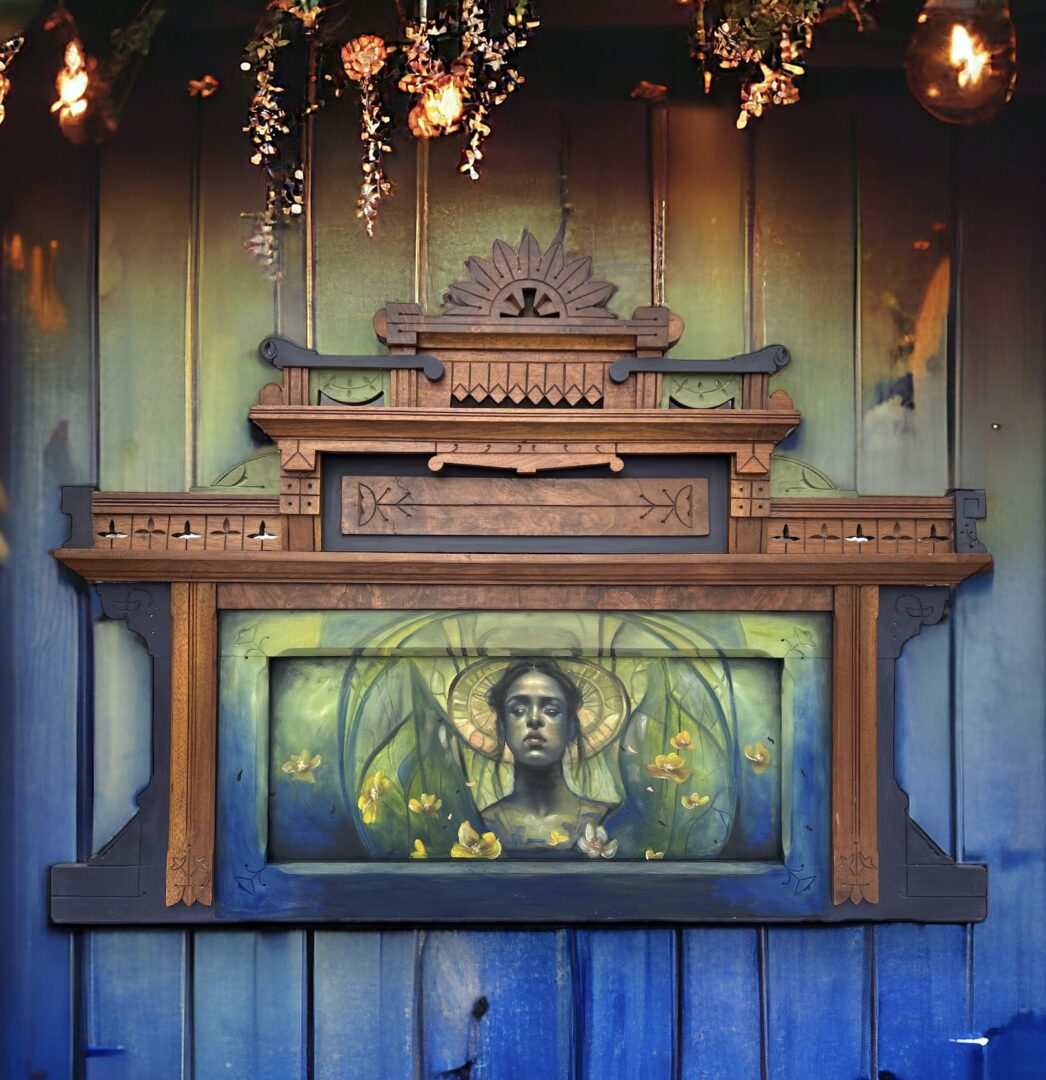
Image Credits
Colleen Tully
so if you or someone you know deserves recognition please let us know here.



